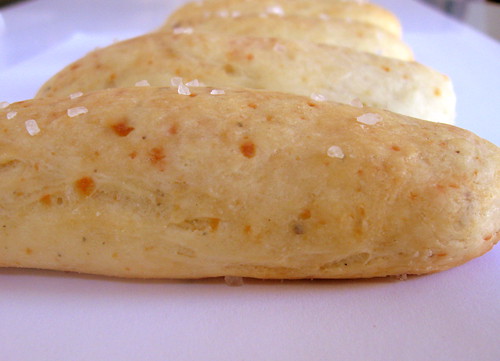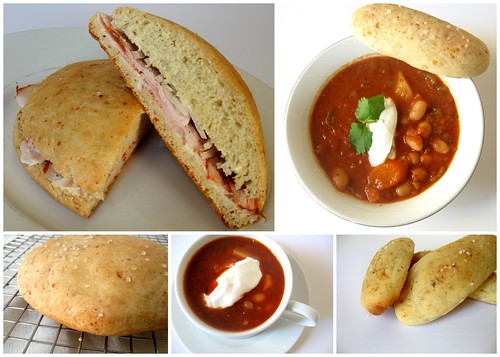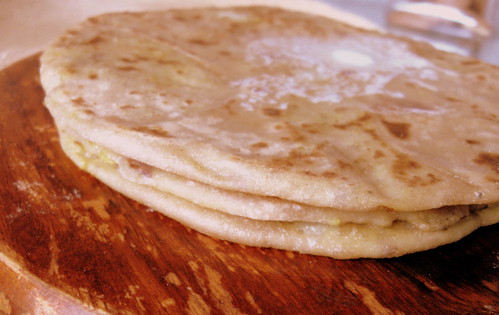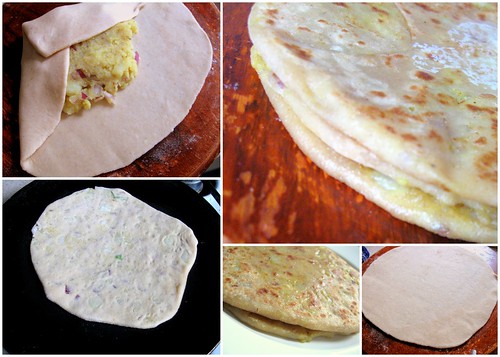
What do you do when you go to a book store? Do you go with a plan and a list of titles that you want to look up/buy? Do you go there with a vague idea of browsing around, have a cup of coffee, bite a sample off a few a books, while your time and just you know, spend a lovely afternoon in the company of words?
Well, I belong to the latter (clearly there was no doubt of that given the previous sentence!!:D). So, yeah, I am guilty of thumbing through quite a few intoxicating fresh with ink pages and walking out happy without having bought a single thing. In my defense, I almost always buy coffee and snacks, I am not much of the crouch in the corner kind....Anyway, I find it so much more satisfying to turn pages than click away on sites. So libraries and book stores are my happy places.. :)

cartoon credit: cartoonstock.com
A few days back, Melody of the gorgeous Gourmet Fury, had shouted out the theme for the latest version of her Beet 'n Squash You series - Battle Mushroom! Mushrooms are one of my favorite ingredients to play with. So, I was looking forward to creating something for the battle!

So, there it was, in the back of my mind; I had promised her an entry this month. And, I wanted to do something with bread (Yeast is a heady culinary aphrodisiac, don't you think?!). So I mulled over breads with mushroom inside or outside and finally settled on focaccia. Why?! Just because it's one of my all time favorites, Mr. FSK simple loves it, it was the first ever bread I made (so has that sentimental pull ;-)) and for some odd reason I was seeing a lot of focaccias in the food blogosphere and that peer pressure is simply hard to resist! :D
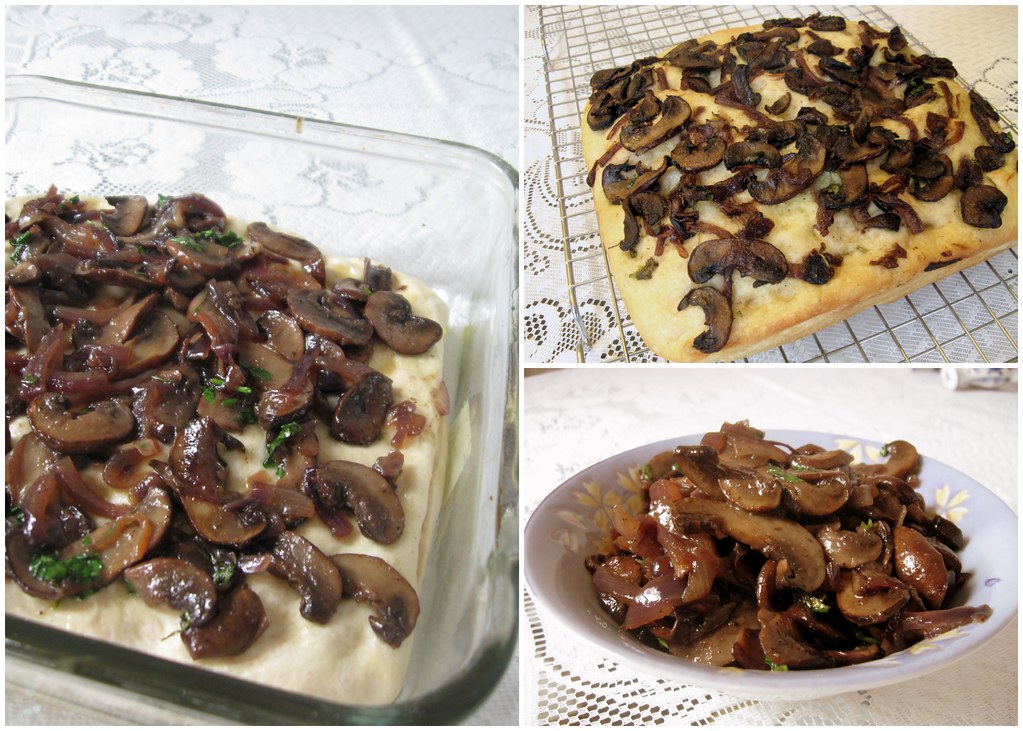
I have heard much about Peter Reinhart and his book The Bread Baker's Apprentice. Not owning a copy, I skipped off to nearby B&N, to do some research and yes, shamelessly copy the recipe! In passing, I found another book on breads whose name I have honestly forgotten. So, I took down both recipes. Peter's needed a bit more mothering than the other and since I was running a bit short on time, I chose the mysterious other recipe with a few suggestions from Peter's. I promise to make a note of the name next time I scrounge around in B&N and update you guys.
So, anyway, I made a simple, no-frill focaccia topped with lightly sauteed mushrooms. Clean flavors, letting the mushrooms play the dominant flavor, as was intended for the contest. The thing about this recipe is that its starts of with a base for making ciabatta and then modifies it for focaccia. Which is kind of good value - two birds with one stone and all that. Anyway, my point was that the bread comes out denser than usual in looks but still as light as air. Ofcourse, you can also spread it thinner, it get the more traditional look!
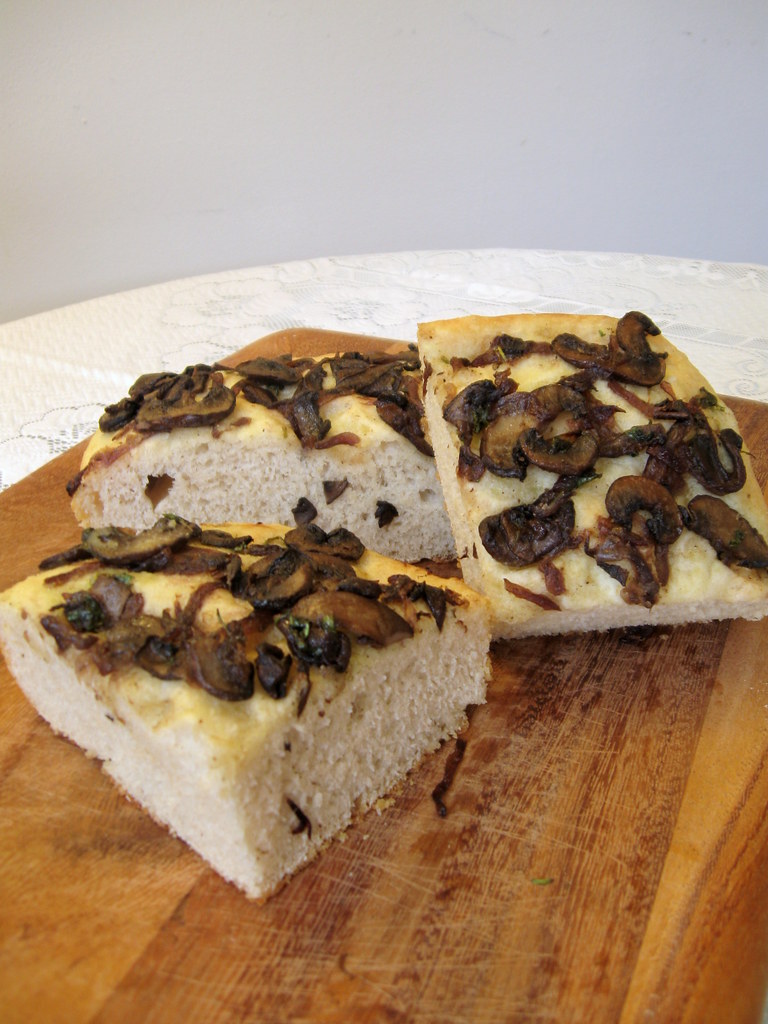
Also, sending this our friendly,neighbourhood Yeastspotting team!
Mushroom Focaccia
(makes one 10 inch round)
Biga
1/2 cup (2.13 oz) bread flour
1/6 cup (1.3 oz) warm water
pinch of instant yeast
Dough
Scant 2 cups (1/3 lb + 3.2 oz) bread flour
5/6 cup water
1/3 T salt
5/12 tsp instant yeast
Biga (from above)
1/2 cup sauteed mushrooms
1/3 cup olive oil
To make the biga:
Disperse the yeast in water, add flour and mix until just smooth. Biga should be stiff and dense but add a few drops of water if too stiff. Cover twith plastic and leave for 12-16 hours at about 70F. When ready, the biga will be domes and just beginning to recede in the center.
For the dough:
Add all the ingredients to mixing bowl except the biga. Mix to incorporate. As the dough starts coming together, add the biga in chunks. Dough will be sticky and slack. Continue mixing till there is some gluten developed but the dough is still loose and sticky. Internal dough temperature should be 75F.
Place dough in an oiled bowl, cover with oiled plastic wrap and let rise for 30 minutes. Turn the dough onto a floured surface and gently pat into a rectangle. Fold the dough business letter style along the long edge. Spray the top with oil, dust with flour, cover with wrap and let rest for another 30 minutes. Repeat process 2 more times.
After the final 30 minutes of bulk fermentation, above, transfer to a 10 inch cake pan that has been generously oiled with olive oil. Dimple the dough lightly with finger tips (only!) to spread the dough to the shape of the pan. Don't worry if it doesn't fit exactly; it will after rising.
Spread the sauteed mushrooms lightly over the focaccia. Pour 3/4th of the remaining oil evenly over the top. Cover with an oiled wrap and allow to ferment for an hour and a half until doubled in size. About 15 minutes before it is ready preheat oven to 475F.
Pour the rest of the oil over the top. Pop the pan into the oven, reduce heat to 450F and bake for 25 minutes until the sides and bottom are browned and crusty.
Transfer to rack and cool for a few minutes. Slice into a still warm focaccia, dip in fruity olive oil and relish!


